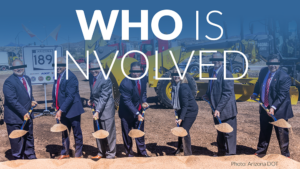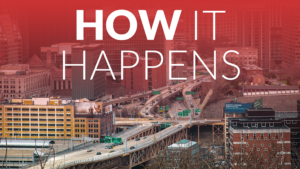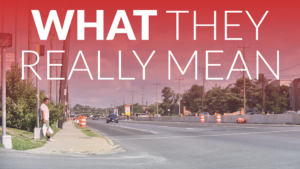Related Resources
Community Connectors Portal: Tools for advocatesWhat they really mean
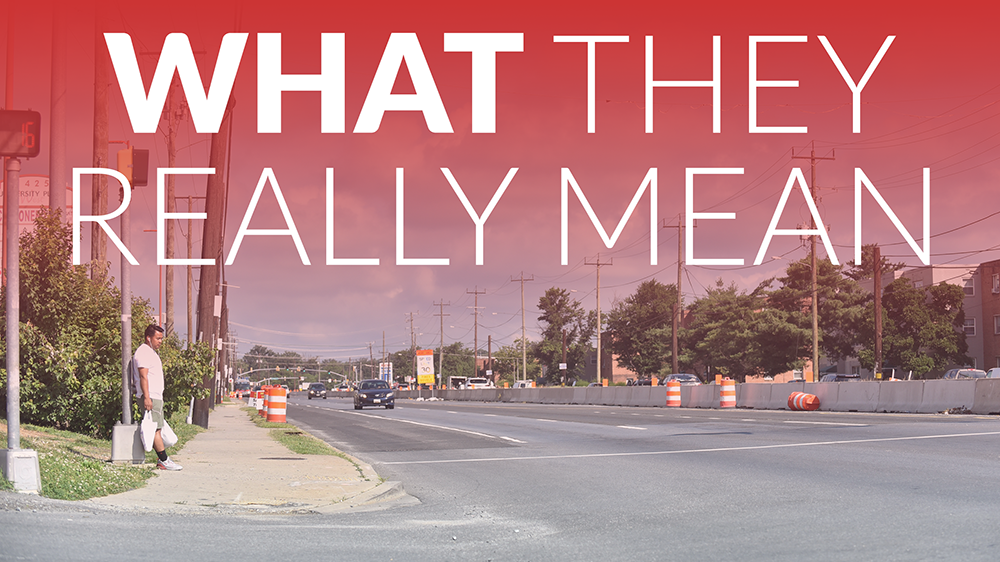
"We have to preserve level of service (LOS)"
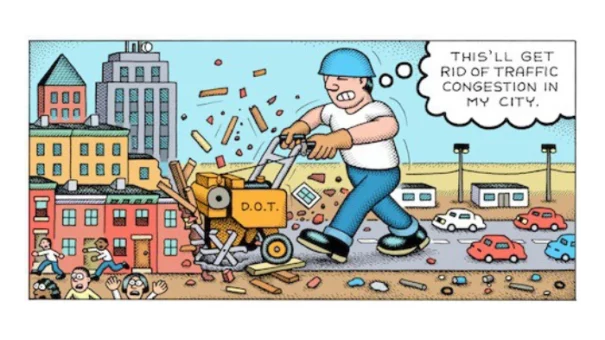
The most important transportation measure most people have never heard of is a measure of drivers’ experience on the road and at intersections, based on the speed and number of cars using the road. The more cars a road moves at higher speeds, the better the LOS of a road—the holy grail for most state DOTs especially.
Read more about how this measure leads to even worse outcomes"Expanding the road will improve congestion"
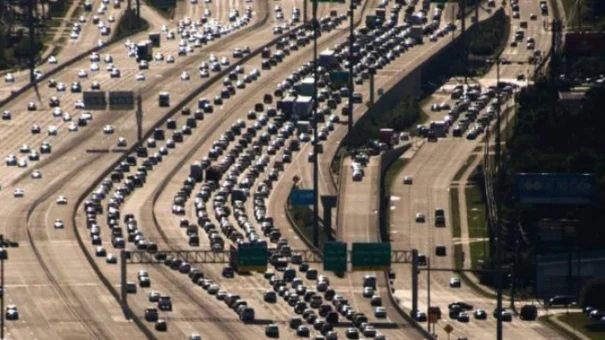
There’s an immutable fact routinely ignored by DOTs: new or expanded roads produce new driving and new trips, a phenomenon known as “induced demand.” The failure to understand and account for it feeds our fruitless, decades-long attempt to eliminate congestion by spending billions to expand or build new roads.
Learn more about induced demand"Our street and road design standards don’t allow that"
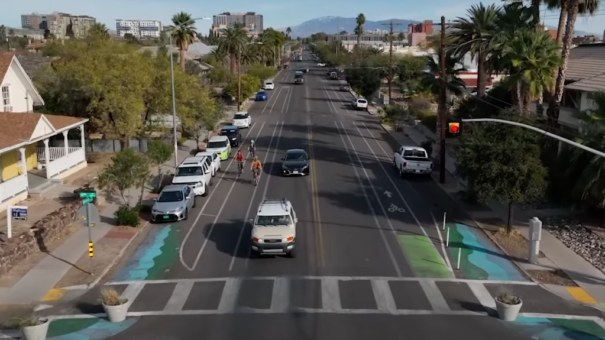
If your local or state department of transportation (DOT) is telling you that “Our design standards don’t allow that,” they might be using the wrong guide, misunderstanding the standards, or claiming they are bound by federal rules when it is in fact within their own power to change.
Learn about the power you have to influence how design standards are used"We can’t do that, we’d get sued!"
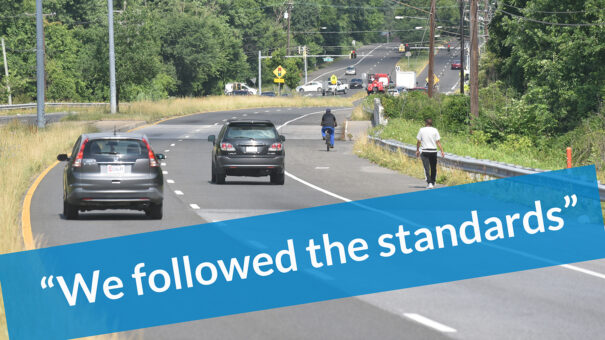
When DOTs refuse requests to make specific street design changes that are proven to improve safety, they often claim that they’re only “following the standards,” and to do otherwise could open them up to lawsuits. However, transportation engineers and practitioners can innovate for safety far beyond what they are often taught.
Learn why engineers are inclined to say "no" out of fear"The transportation models tell us that we have to ____"
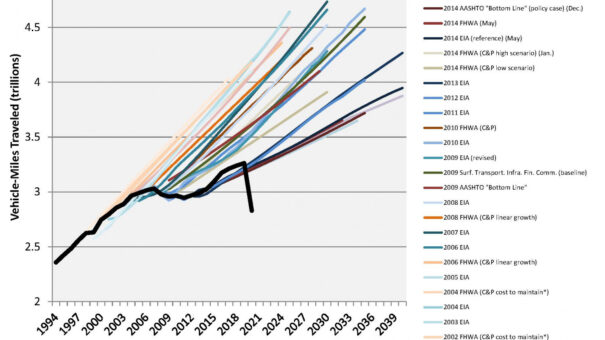
Transportation planners and engineers base their work on forecasts of future travel loads and travel patterns. But decision-makers treat these highly subjective models as inviolable truths, rather than just one more piece of information to be used to shape a decision.
Learn how these flawed models determine how projects get designed"This new road will save people time (and money!)"
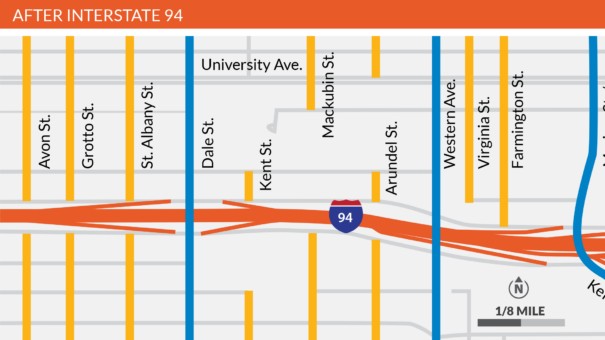
Value of time is the way transportation agencies assign monetary value to the expected time-savings that a proposed transportation project will deliver to users (almost always meaning drivers). And when moving vehicles quickly on all roads is the number one goal, agencies focus on time savings to drivers at the expense of nearly every other type of user or activity.
Learn more about the value of time and how it is used



